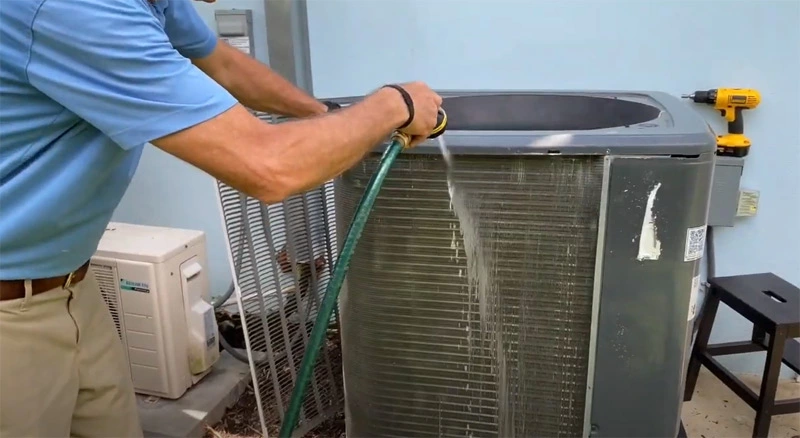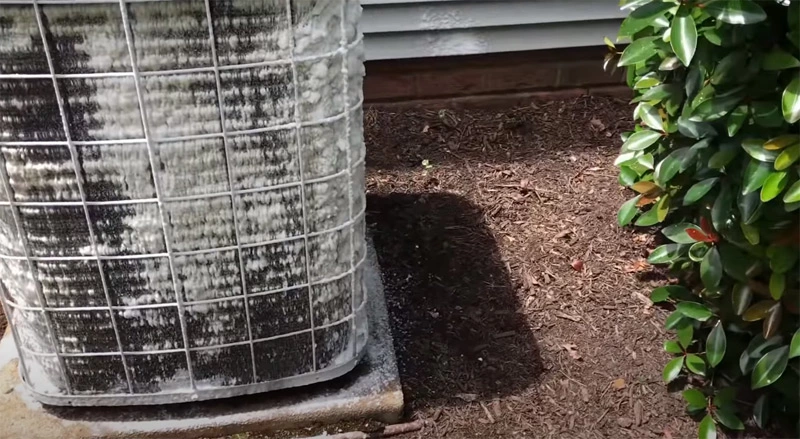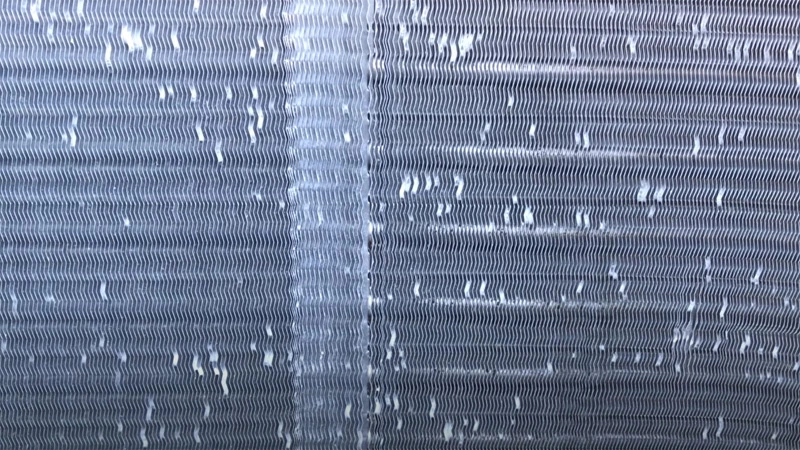An air conditioner is one of the most essential parts of every house because of its services in the hottest summer and cold winter months. An air conditioner can serve you in the best way but you need to take care of it. Cleaning air conditioner coils will not only ensure that the machine will work flawlessly but increase its life as well.
With the passage of time, the coils of the air conditioner can extract dust particles and debris from the air, leading to the clogging of the air conditioning unit. It is necessary to keep on examining and maintaining your AC unit periodically. The best thing about maintaining the air conditioner is that you don’t need to buy some expensive cleaners or spray, all you need is an inexpensive thing that is commonly used in the kitchen of almost all houses.
Vinegar is one of the best solutions when it comes to cleaning the air conditioner coils and boosting the running performance to many folds. This article will guide you to get the job done in the best way possible.
Can i use vinegar to clean air conditioner coils?

In a single word, Yes. You can use vinegar to clean the air conditioner coils as it is the best DIY cleaning project that can help you in this regard. You can make a cleaner by using white vinegar and simple tap water.
Get a spray bottle and pour white vinegar up to its half. Now fill the remaining bottle space with water and shake the bottle to form a perfect mixture. This solution can help you to clean the coils efficiently without any hassle.
If you look at the coils of the air conditioner after a few months without cleaning, there will be a layer of dust and debris that can be clearly seen by naked eyes. Using the vinegar after every few months will help you to wipe all those bacteria and dust particles.
If you feel grease while touching the coils then you can go with another solution as well. You can create a mixture of vinegar, water, and a tablespoon of baking soda. A mild dishwasher or detergent can also be used instead of baking soda for effective and better cleaning. Shake the spray bottle for about 3 to 5 minutes so that all the ingredients can form a perfect mixture. Applying this solution to the coil will work as a grease-fighter and dust-killer.
How often should you put vinegar in your air conditioner?

It is recommended to clean your air conditioner using the vinegar at least once a month. Cleaning the air conditioner with vinegar will eliminate any type of dust, bacteria, algae, and other things that can lead to clogging of the air conditioner.
Experts suggest using vinegar once a month because it will not only remove the dirt from the coils but will prevent the air conditioner from many other major issues as well. A layer of dust on the coils and drain is the most common reason behind the bad performance of an aircon.
Clogging blocks the air conditioner from performing its air extracting and other functionalities efficiently. Most people call for a professional team that may charge a lot but if you know the actual cause behind these problems, fixing them can be inexpensive and easy.
All you need is household ingredients usually used in the kitchen and a few minutes of your time.
Using vinegar to clean the evaporator coil

The coils in the air conditioner play the most important role in absorbing the heat from your room and capturing the fresh air from the outside unit. To ensure a better and improvised heat transfer, the coil is made up of copper and edged with aluminum panels.
The coils are divided into two portions. The evaporator coil is installed in the air conditioner to manage the indoor while the condenser coil handles the outdoor air. Therefore, the evaporator coil plays the most implant role to provide cooling in the atmosphere and remove all the heat from the room. Cleaning the evaporator coils every month will allow air conditioner to perform at its peak and provide the best experience. Below are the expert tips and suggestions that can help you to clean the aircon evaporator coil with vinegar.
- Turn off the air conditioner
- Remove the casing
- Cover electric components
- Spray the ½ vinegar and ½ water solution
- Reassemble the casing
Turn off the air conditioner
The first step is to turn off the AC and the breaker as well to make sure that the air conditioner is not connected to the power through any source.
Remove the casing
If the unit is not permanently fixed then remove it from the place but if it is fixed completely then start by unscrewing the casing and removing it from the unit.
Cover electric components
Cover all the switches, wires, and the motor with some plastic. It is recommended to use duct tape to keep the plastic in place and protect components properly from getting wet from the mixture.
Spray the ½ vinegar and ½ water solution
Now take the vinegar solution and stir it properly. Spray the solution on evaporator coils and condenser coils and let the vinegar drip from the coils. Vinegar is a perfect cleaning product and cannot damage the components. Let the coils soak so that the layer of dust and debris can come out of the coils and can be removed easily. Remove the dirt and clean the extra dripping vinegar solution from the coils and other parts of the aircon using some paper towel or preferably cleaning rags.
Apply the solution with the same procedure on other necessary parts of the air conditioner such as the evaporator blower wheel and caps on the top of the motor.
Reassemble the casing
Let the solution dry for some time and remove all the extra vinegar if it is spread on the unit’s bottom. Remove the duct tape and plastic from the motor and switches. Reassemble all parts of the unit at their right place and screw the casing properly. Keep on performing this maintenance at least once a month to get better air conditioner performance and experience.
Are you also interested to learn how to clean aircon fins?


